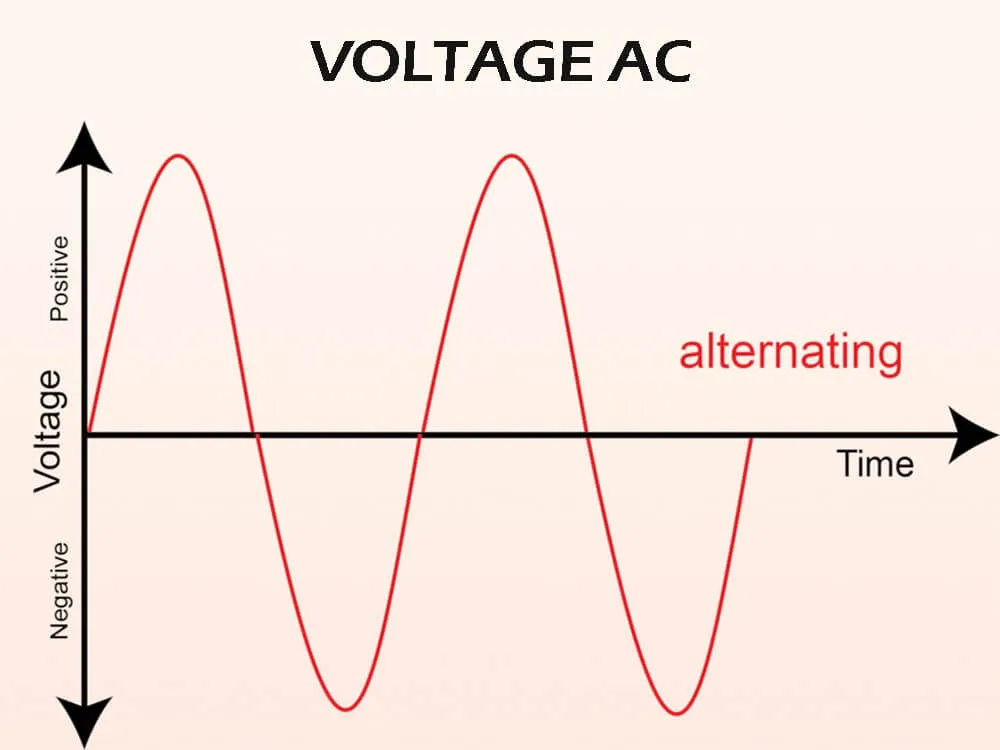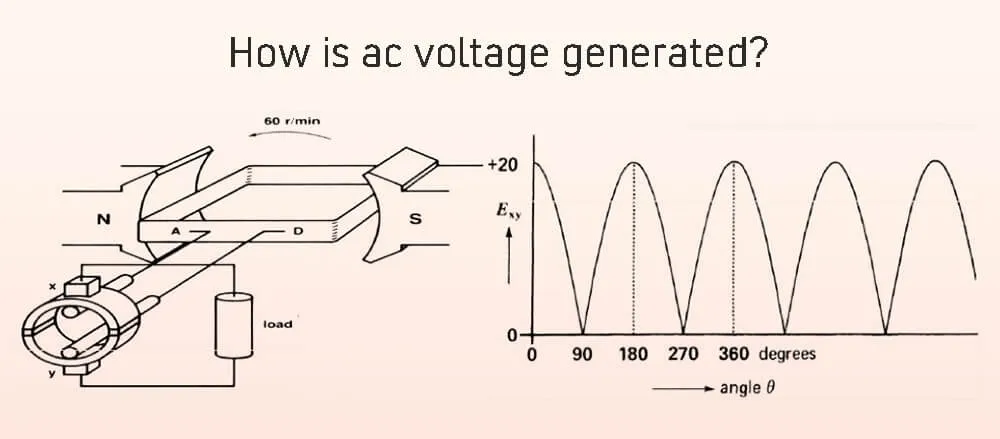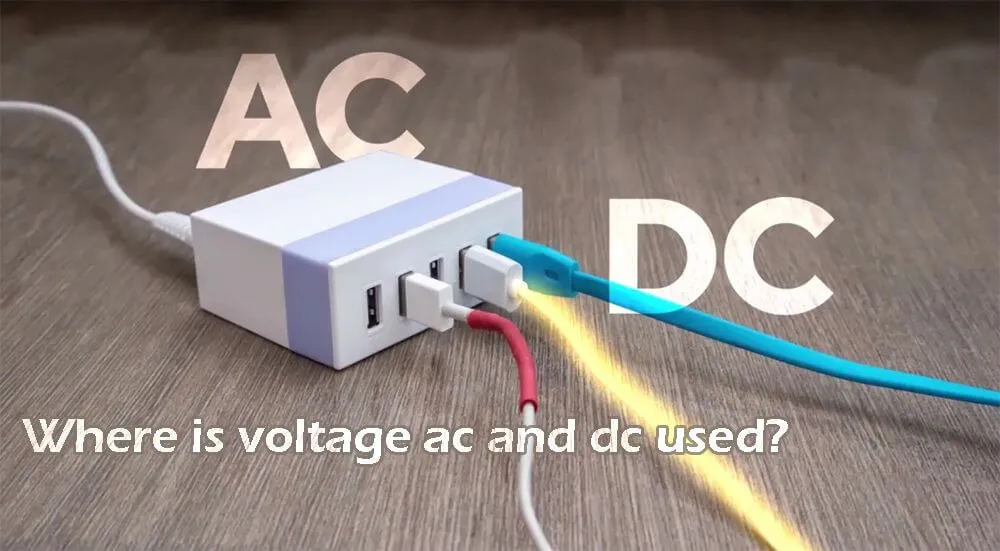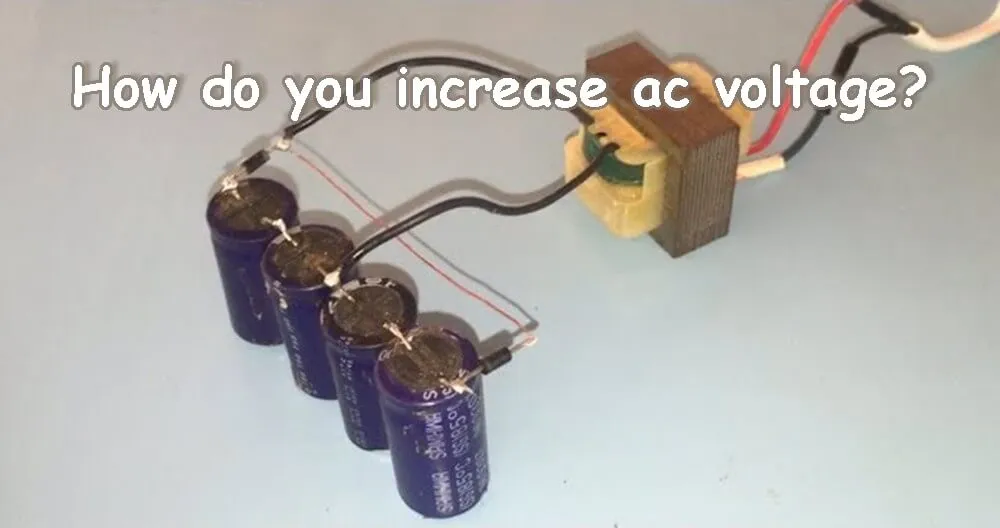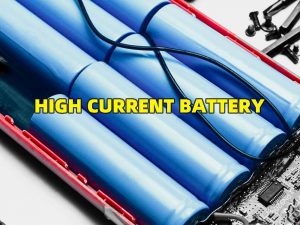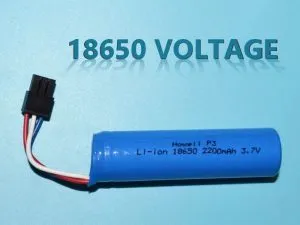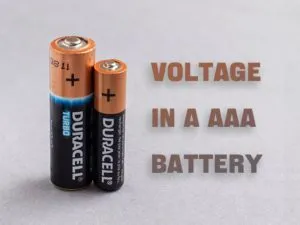Difference between voltage AC vs DC and FAQs
The current flow of electricity is a factor that determines how effectively power is supplied from a power source to the end point or application for which it is used. This flow of current comes in two major forms which are Alternating current(AC) and Direct Current(DC), both of which transport electricity in different ways and can also be applied differently.
One factor that is common to both forms of current is the voltage which is why in this article we’ll be looking at principles and applications of voltage AC and DC voltage, and the comparison between voltage AC and DC.
What is voltage AC
Alternating Current or AC is a unit of measure of how electricity moves in alternative or different directions within a conductor. The level and direction of the voltage change with time is the alternating current. Therefore, the alternating current is a changing value. If you use an electric meter to measure the alternating voltage, select the alternating gear, and the displayed voltage is the effective value;
The electrical appliance uses alternating current, and the rated voltage displayed refers to the effective value. In essence, voltage AC is a function of this potential difference between the positive and negative terminals producing the alternating current. The standard symbol for voltage AC is a “V” with a “~” symbol above it as seen in the image below.
What is DC voltage
Direct current or DC is a current flow of electricity that moves from one positive terminal to a negative terminal with no change or fluctuations in the direction of the current flow.
DC is a direct contrast to AC such that there is neither a change nor fluctuation in the direction of the flow of current therefore having a constant current value. Direct current is a voltage whose level and direction do not change with time. The magnitude and direction do not change with time for a DC steady power supply.
Therefore, the voltage of the DC current is a fixed value, which is measured with the DC gear of the meter. In essence, DC voltage is a voltage that results as a product of DC current, which is in contrast with voltage AC.
The rated frequency of DC voltage is zero and hence would not result in any change in the direction of the current flow with the circuit. The standard symbol for DC voltage is a “V” with a dotted line symbol attached to it as shown above.
How is voltage AC generated
AC is generated in a standard AC generator such that the electrical current is made to switch directions between terminals at intervals. This is done at a rated frequency such that it results in voltage AC. In contrast, in a DC generator, the current is made to only move in one direction such that it cannot be changed or alternated midway.
A voltage that changes polarity at certain time intervals is called an alternating voltage.
An alternating voltage of alternating quantity is generated in two ways.
- ● By rotating the coil at a constant speed within a uniform magnetic field
- ● By rotating a magnetic field around a stationary coil at a constant speed.
Where is voltage AC and DC used
Both voltage AC and DC voltage have different applications to which they apply and are only suited for specific uses.
Some uses of DC voltage include;
- ● Rechargeable and non-rechargeable batteries only supply power in direct current.
- ● Electronic devices such as mobile phones, radios, computers, and other electrical equipment all use DC.
- ● Solar panels produce electrical current in DC.
The major application and use of voltage AC are for power distribution on a large scale. This is why only major transformers and power grid plants produce AC to supply homes with a current which is then converted to DC for use inside the home. Voltage AC is also used for heating and motors where it doesn’t need to be stepped down to DC for safe usage.
Why is AC used over DC
Voltage AC is more preferable to DC voltage mainly because AC is more efficient in its ability to move back and forth over long distances without any considerable current loss. AC is also a lot less expensive to produce and has a much lower level of energy waste compared to DC.
The generator of the power plant sends out voltage AC, and the AC power uses the transformer to change the voltage. The substation converts the high voltage (such as 10,000 volts) into the voltage AC of 220 volts through the transformer. Most of our household appliances use AC power.
Alternating current has many advantages:
- ● The required voltage can be easily changed with a transformer.
- ● It is convenient for long-distance transportation.
- ● The AC motor has a simple structure.
- ● The three-phase alternating current can generate a rotating magnetic field
- ● The three-phase alternating current motor has a simple structure.
- ● Where a DC power source is used, a rectifier can be obtained from the AC power.
DC transmission technology is difficult, and high-power converter devices are difficult to manufacture. It is a technology that has only been applied in modern times.
But now DC is also more and more widely used, due to the increase in global electricity demand, DC batteries are becoming more and more popular, not only used in large-scale energy storage, but also in golf cart batteries, RV batteries, battery swapping for motorcycles, etc.
How do I know if I have voltage AC or DC
A simple way to determine if a power source is either AC or DC is the terminals. For instance, if there are clear markings indicating positive and negative terminals on it then, it’s DC and not AC. All batteries supply in DC while most outlets and transformers supply power in Voltage AC. You can also directly look at the label on the device. Whether voltage AC or DC will be marked on it.
Why is AC used at home
voltage AC is a very important power source for our daily life and production. Almost all household appliances we see use voltage AC. Such as computers, lamps, household appliances, etc.
This is mainly because Voltage AC can be transported over long distances from the power grid to the home outlets without any significant energy loss. With AC, power can travel the longest distance into the homes where it can then be converted or stepped down for use with other electrical devices within the home.
And why is DC not used in homes? This has to do with the fact that DC can not easily be stepped down, unlike voltage AC which can lead to high energy overload and dangerous voltage levels if not handled properly. Extremely high DC voltages can lead to short circuits and a significant loss in energy transmission.
What is the minimum and maximum voltage for AC
The maximum value corresponding to the effective value of 220v is equal to 220×1.414 (root number 2) = 311v. It can also be said that the maximum rated voltage is 311v. The effective value of the rated voltage is 220v. The lowest value is 0.
What is the difference between voltage AC and DC voltage
The major difference between voltage AC and DC voltage is that AC can alternate between two different terminals over a long distance while DC can only move in one direction. Also, voltage AC can be stepped down or up to suit the application it is used but DC can not. In addition, AC is relatively inexpensive to build and generate compared to the more lucrative DC generators and applications.
- Power supply capacity and transmission distance
The voltage AC power is large, the transmission distance is long, and the power supply capacity is strong. Direct current is the opposite. - Stability and Loss
Compared with DC voltage, the stability and loss convenience of voltage AC is a drawback. For example, during the peak period of electricity consumption, the voltage may be unstable, and the fluorescent lamps at home will always flash and fail to turn on. - Portability
voltage AC is poor in portability, like the power supply at home, which needs to be connected to wires and sockets. The DC voltage is just the opposite, like the battery in our alarm clock, it is very convenient to carry and move. - Transformer situation
The voltage AC can be transformed through an ordinary transformer, which is more convenient. For example, the electrical appliances in China are all 220V-50H, and in the United States, the 110V-60H environment needs to use a transformer. If the DC voltage needs to be transformed, a switching power supply is required, which is not ideal in terms of cost and convenience.
FAQs
Is 240v AC or DC
Although the frequency of voltage AC varies from country to country, there is a widely acceptable range that is universally common. So, 240V is attributed to AC which could also be 120V depending on the country in question. These voltage measurements are typically done in frequencies or cycles per second called Hertz which the widely accepted is between 50Hz to 60Hz.
Is 12v AC or DC
Is 12v AC or DC
A 12V rating is commonly attributed to batteries that only supply current in DC and hence, a 12V rating is for a DC voltage. Especially 12v lithium ion battery is the most popular series of products, the specific specifications are 50ah, 100ah, 200ah....
How do you increase voltage AC
AC step-up is generally a step-up transformer. Since voltage AC supplies current in an alternating sequence, it can always be stepped up using a voltage step-up transformer to increase the voltage AC.
How do you convert AC to DC voltage
Since power from the grid enters the home in AC, it needs to be converted to usable DC for the home appliances and devices. This can be done using a rectifier which is usually present in most outlets and hence enables the raw voltage AC to be converted to usable DC for the home.
There is also a powerwall battery that has been in great demand recently,Connecting the solar panel also needs to be equipped with an inverter. The solar panel collects direct current and needs to be converted into an alternating current power supply through the inverter. There are also many energy storage batteries and inverters integrated, for details, please refer to the video.


